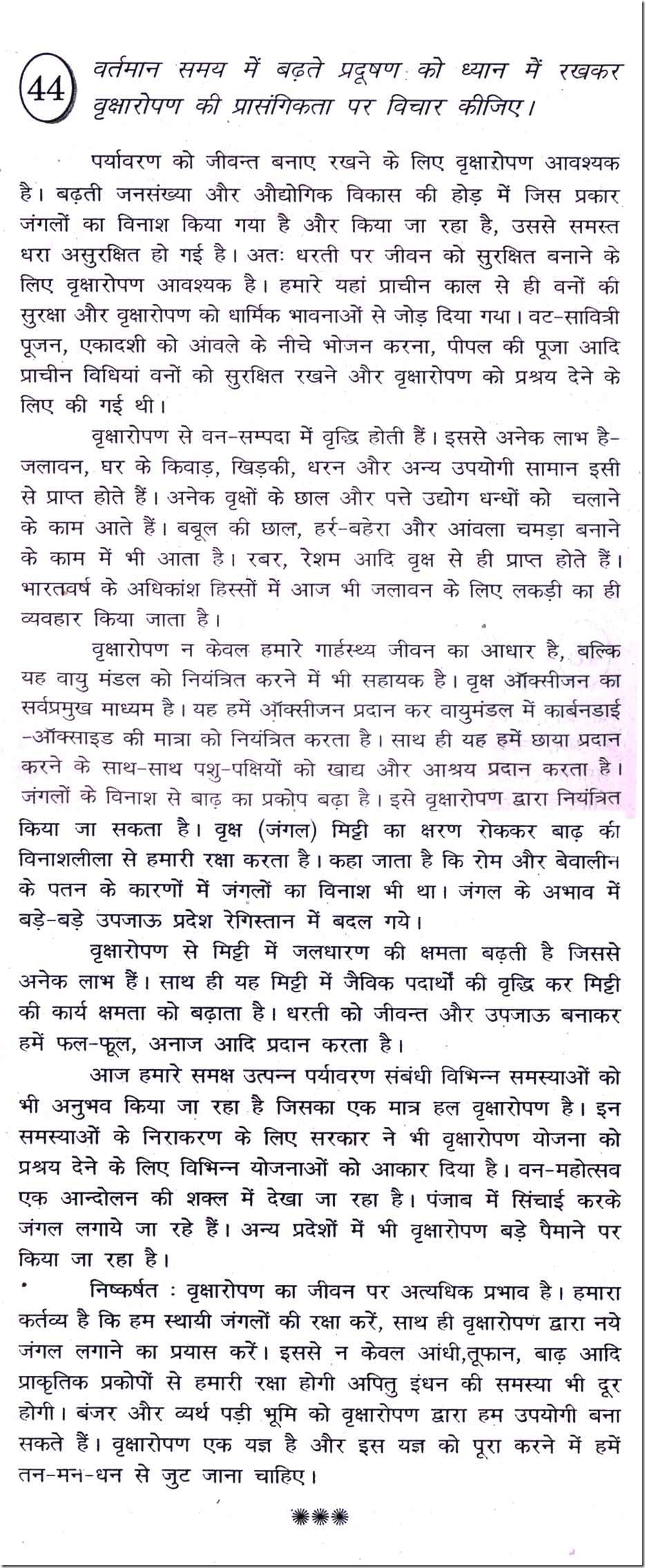Arthroscopic Classification of Suprapatellar Plica and.
Suprapatellar plica syndrome was considered when (1) the patient complained of anterior knee pain and had localized tenderness above the suprapatellar pouch, (2) magnetic resonance imaging revealed.
The synovial plica of the knee joint is considered a remnant of the septum that existed in the patellofemoral joint during fetal life. 1 The synovial plica is classified into four distinct anatomic patterns: superior, medial, inferior, and lateral.

The structure of the superior plica varies from a complete, intact septum to a septum with a porta to a small crescentic fold. It is typically located 2 cm superior to the patella, posterior to the quadriceps tendon. This plica should not be confused with the medial plica, which is less common but more frequently symptomatic.

Fluid within the suprapatellar recess of the knee joint with synovial thickening and hypervascularity indicating synovitis. Unusual morphology of the fluid with the impression of a central septation and mass effect upon the superior aspect of the quadriceps fat pad. From the case: Suprapatellar plica syndrome. Loading images. Sagittal PD fat sat.

The suprapatellar plica is found in the suprapatellar pouch, an area behind the kneecap extending up behind the quadriceps tendon. The suprapatellar plica is typically a domed, crescent shape, sitting between the suprapatellar bursa and the knee joint, and may be connected to part of the medial plica.

The Zidorn classification of suprapatellar plicae describes 4 types: Type I is a complete septum without communication between the knee joint and suprapatellar bursa; Type II is a perforated septum with one or multiple openings (called porta) allowing passage of fluid; Type III demonstrates a small arcuate plica, usually medial; and Type IV representing complete absence of the plica. 23.

Classification of each other type of plica becomes confusing because each one has multiple sub-groups. It is important to know that the suprapatellar plica does have attachments to the quadriceps tendon and depending on the size and shape, may create impingement between the patellar tendon and femoral trochlea in the range of 70-100 degrees of knee flexion.

A suprapatellar plica is a membrane - possibly an embryonic remnant - that stretches across the joint cavity in the pouch above the kneecap. Here the patella (kneecap) has been cut from its tendon and lifted up to show the region at the top of the joint. You can see the curved suprapatellar plica above the patella.

The medial synovial plica was present 62.3% and classified into 4 types which were narrow type, medium type, broad type and perforated type. No relationship between age and the pattern of the suprapatellar plica or medial synovial plica could be found.

Plica syndrome is a painful condition of the knee, often reported in runners and other athletes. The abnormal plica, an intraarticular band of thick, fibrotic tissue, may cause pain and a popping sensation by rubbing across either the medial femoral condyle or undersurface of the patella.

In the previous arthroscopic studies, the ratio of presence and type of plica was somewhat different. We arthroscopically investigated and classified suprapatellar plica and medial synovial plica in a Japanese population. Subjects and Methods: The anatomy of suprapatellar plica and medial synovial plica was studied arthroscopically in 130 knees.

Plica syndrome, the painful impairment of knee function in which the only finding that helps explain the symptoms is the presence of a thickened and fibrotic plica, should be included in the differential diagnosis of internal derangement of the knee. A diffusely thickened synovial plica, perhaps associated with synovitis or erosion of the.

There are many causes of knee pain, but yours could be the result of a small part of your knee called the plica. Knee Plica and Plica Syndrome. A plica is a fold in the thin tissue that lines.



